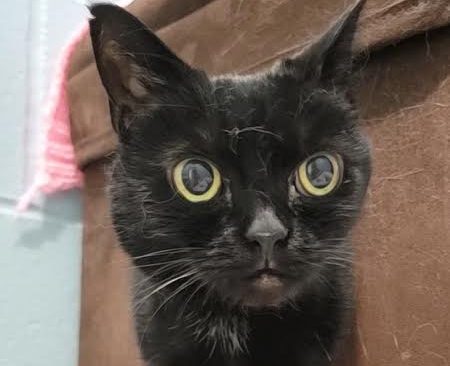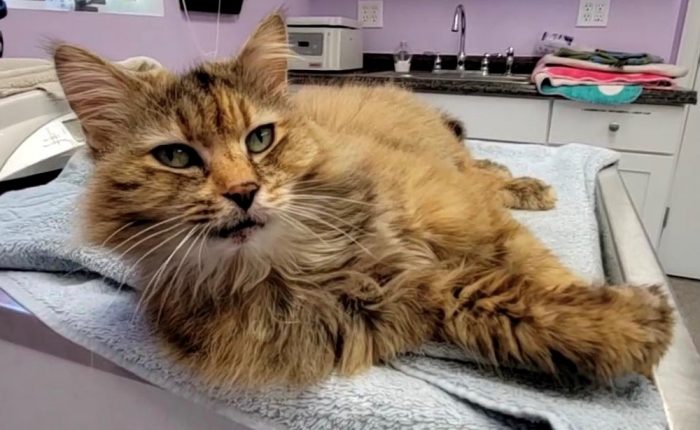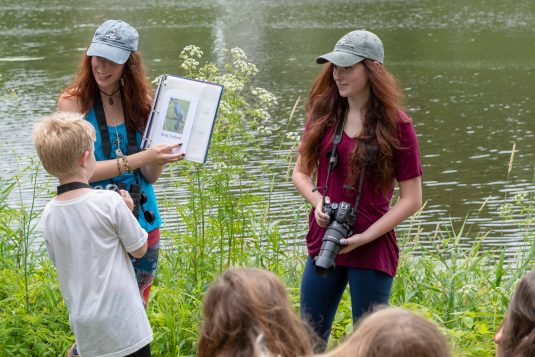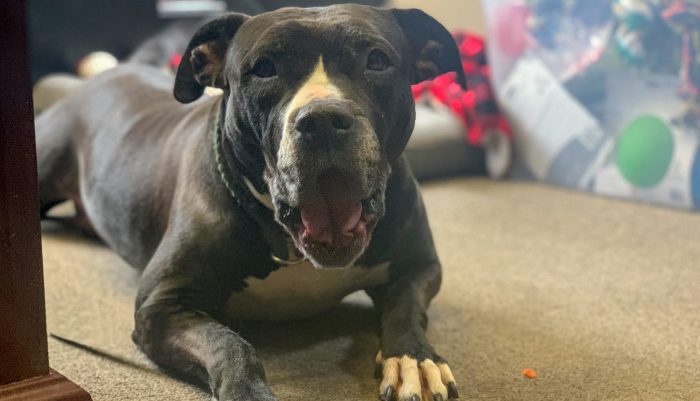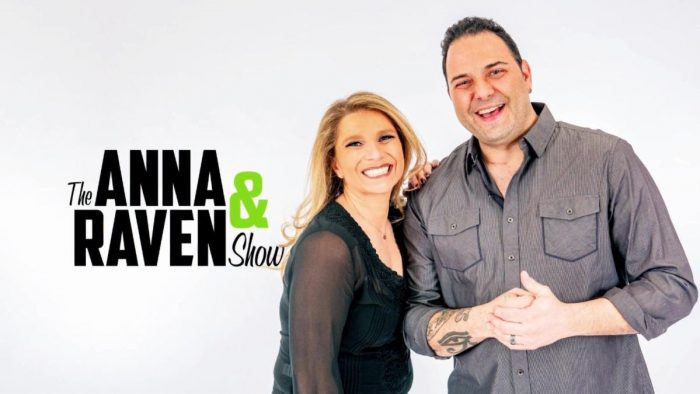America’s VetDogs service dog in training Tori has completed training and been placed with retired U.S. Navy HM2 Corpsman Chris Roberto. The Islanders partnered with America’s VetDogs, a Smithtown based non-profit that provides service dogs to veterans and first responders with disabilities, to raise and train service dog Tori in 2019. Tori has been trained to assist Roberto, a Bronx born and raised resident, with several tasks and cues to help mitigate her veteran’s disability including PTSD skills such as rest, positional cues such as ‘turn’ and ‘center’, shake and everyday companionship.
The Islanders welcomed their second Puppy with a Purpose ‘Tori’ in conjunction with their partnership with America’s VetDogs following the Isles first pup ‘Radar’, who was placed as a guide dog for individual who is blind or visually impaired. Islanders fans submitted votes to determine the name ‘Tori’, named after Islanders legendary General Manager Bill Torrey.
For the past 18 months, Tori underwent basic training and socialization with the Isles staff, players and public. The Isles hosted Tori at every home game prior to the COVID-19 shut down, as well as select community events, s to assist in raising Tori to be a confident and calm service dog. Following her puppy raising, Tori returned to the America’s VetDogs campus in Smithtown, N.Y. in February 2021, to undergo her formal service dog training with Service Dog Instructor Gabi Lugo. The VetDogs’ assistance dog program was created to provide enhanced mobility and renewed independence to veterans, active-duty service members, and first responders with disabilities free of charge.
Roberto enlisted in the U.S. Navy reserves in 2003 and was deployed to Ground Zero after the 9/11 attacks to assist with the search and rescue help. Shortly after, Roberto was called to active duty as an HM2 Corpsman attached to a Marine Unit in Kuwait and Iraq. After serving five years, he retired from the U.S. Navy and quickly joined the FDNY as a fireman working his way up to Lieutenant of the 3rd Division, Engine 40 on the Upper West Side of Manhattan.
Isles fans were given an all-access look at Tori’s journey through her Instagram account, @nyislespup as well as blog posts on the Isles’ website.
About VetDogs
Since 2003, America’s VetDogs (www.VetDogs.org) has trained and placed guide and service dogs to provide independence, enhanced mobility, and companionship to veterans with disabilities from all eras. In 2015, VetDogs opened its programs to first responders, including fire, police, and emergency medical personnel. America’s VetDogs is a 501(c)(3) not-for-profit organization founded by the Guide Dog Foundation and serves clients from across the United States. VetDogs relies on contributions from generous individuals, corporations, service clubs, and foundations to fund its mission to help those who have served our country live with dignity and independence. It costs over $50,000 to breed, raise, train, and place one assistance dog, but America’s VetDogs provides its services completely free of charge to the individual. America’s VetDogs has been accredited by both the International Guide Dog Federation and Assistance Dogs International.




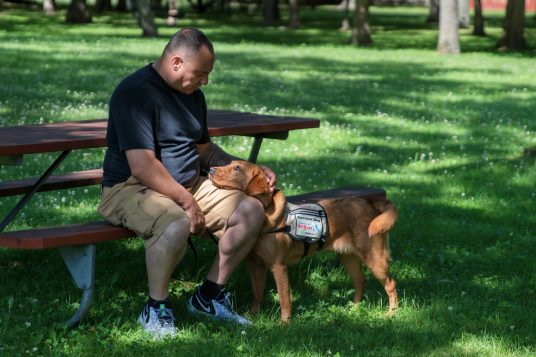
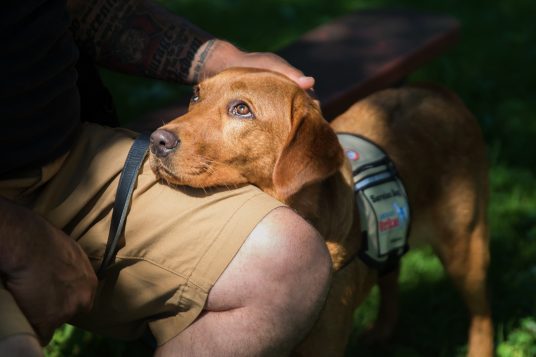
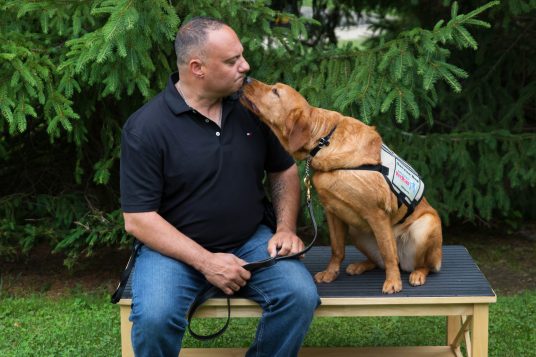
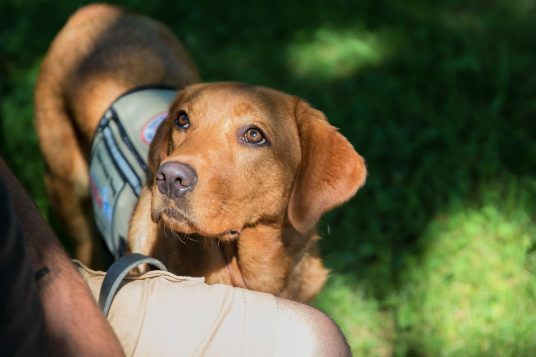
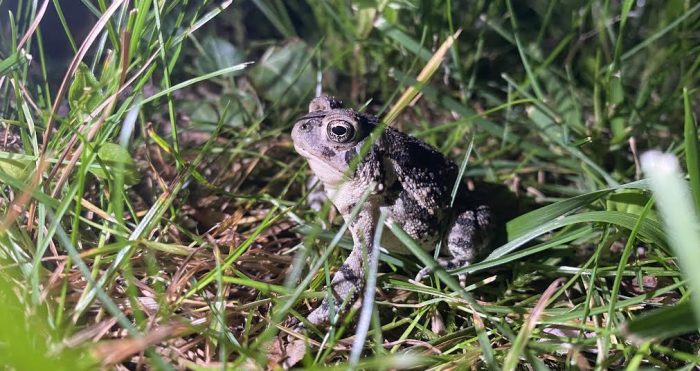


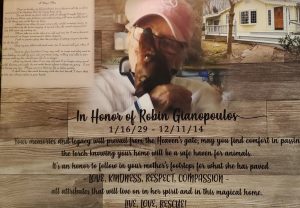

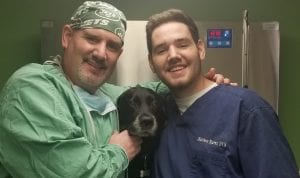 When I hear the term “hot spots,” I usually think of free Wi-Fi. However, in veterinary medicine this term refers to a painful skin condition that is common this time of year (hot and humid weather).
When I hear the term “hot spots,” I usually think of free Wi-Fi. However, in veterinary medicine this term refers to a painful skin condition that is common this time of year (hot and humid weather).
